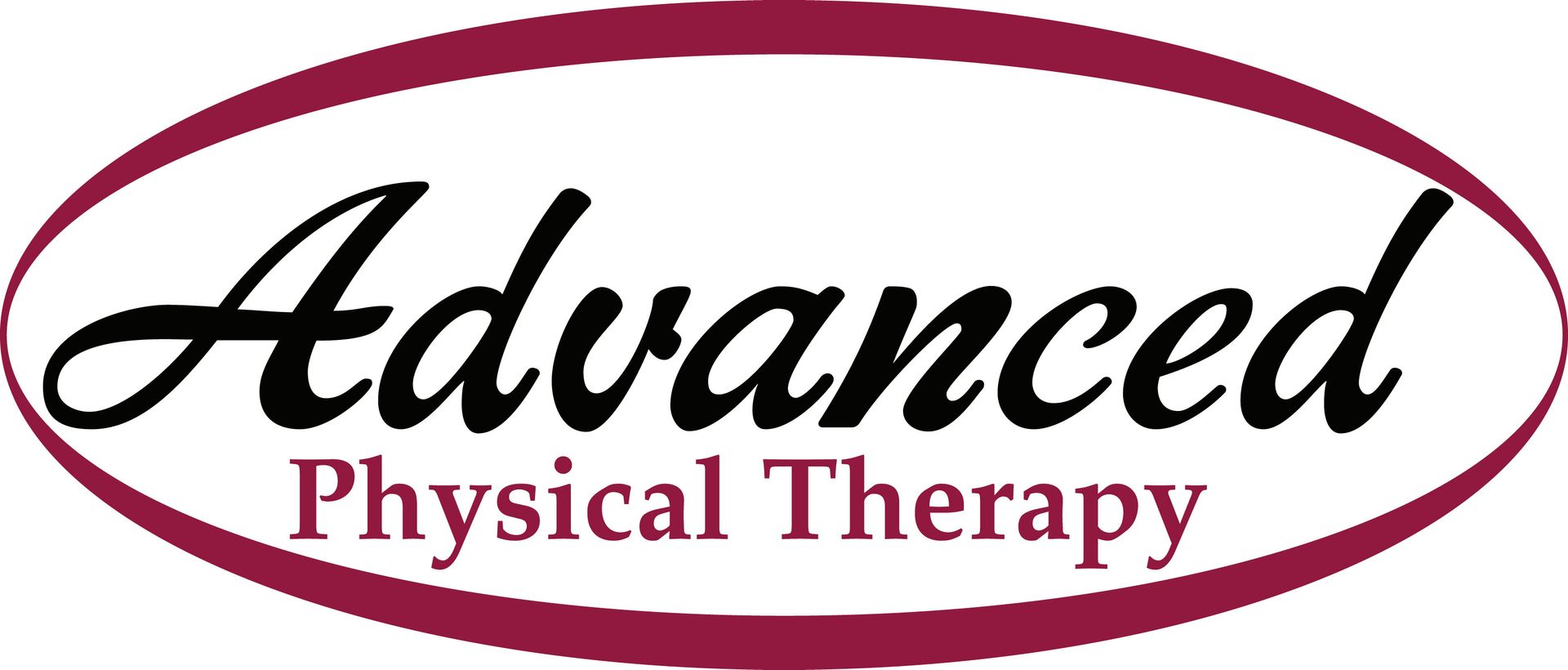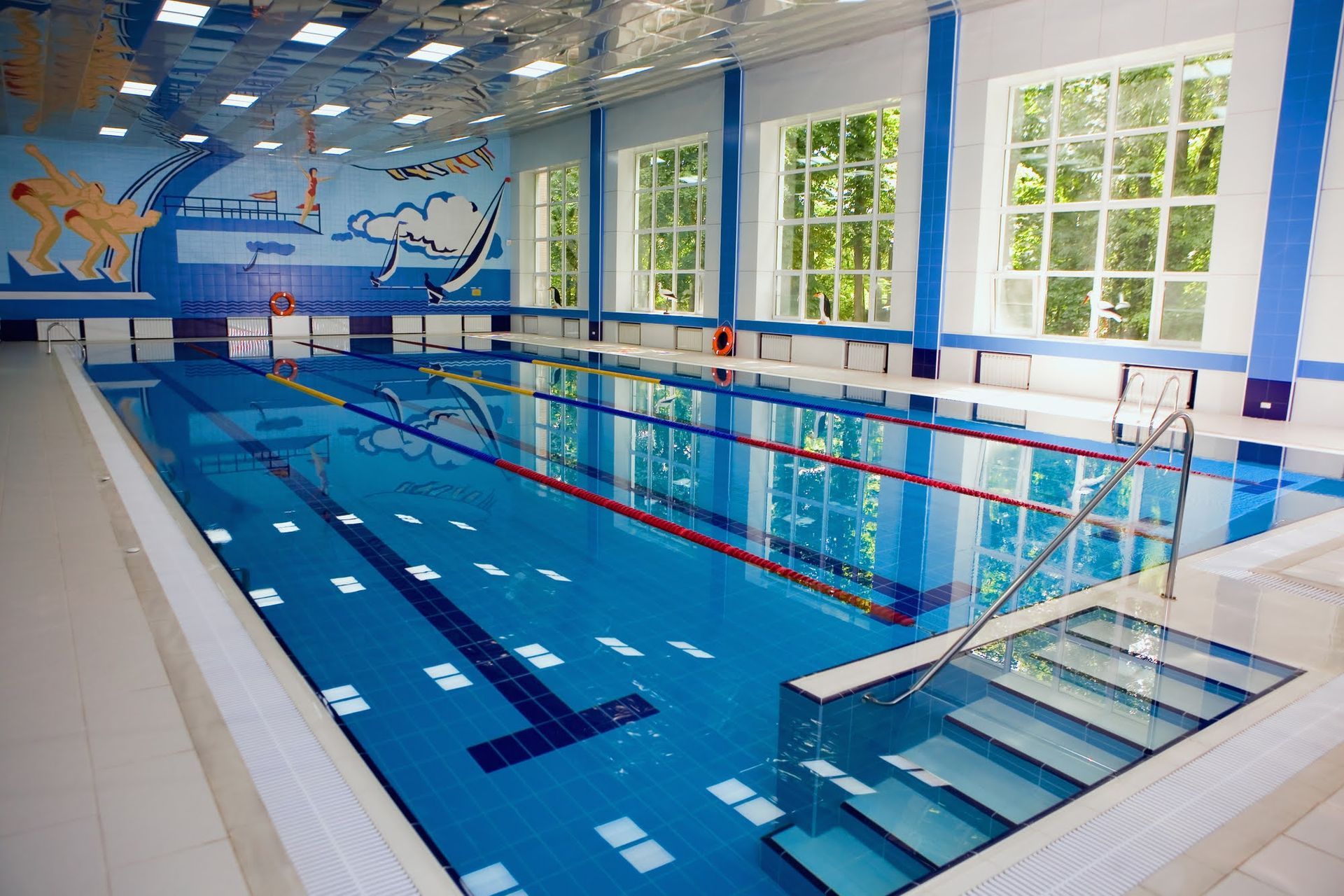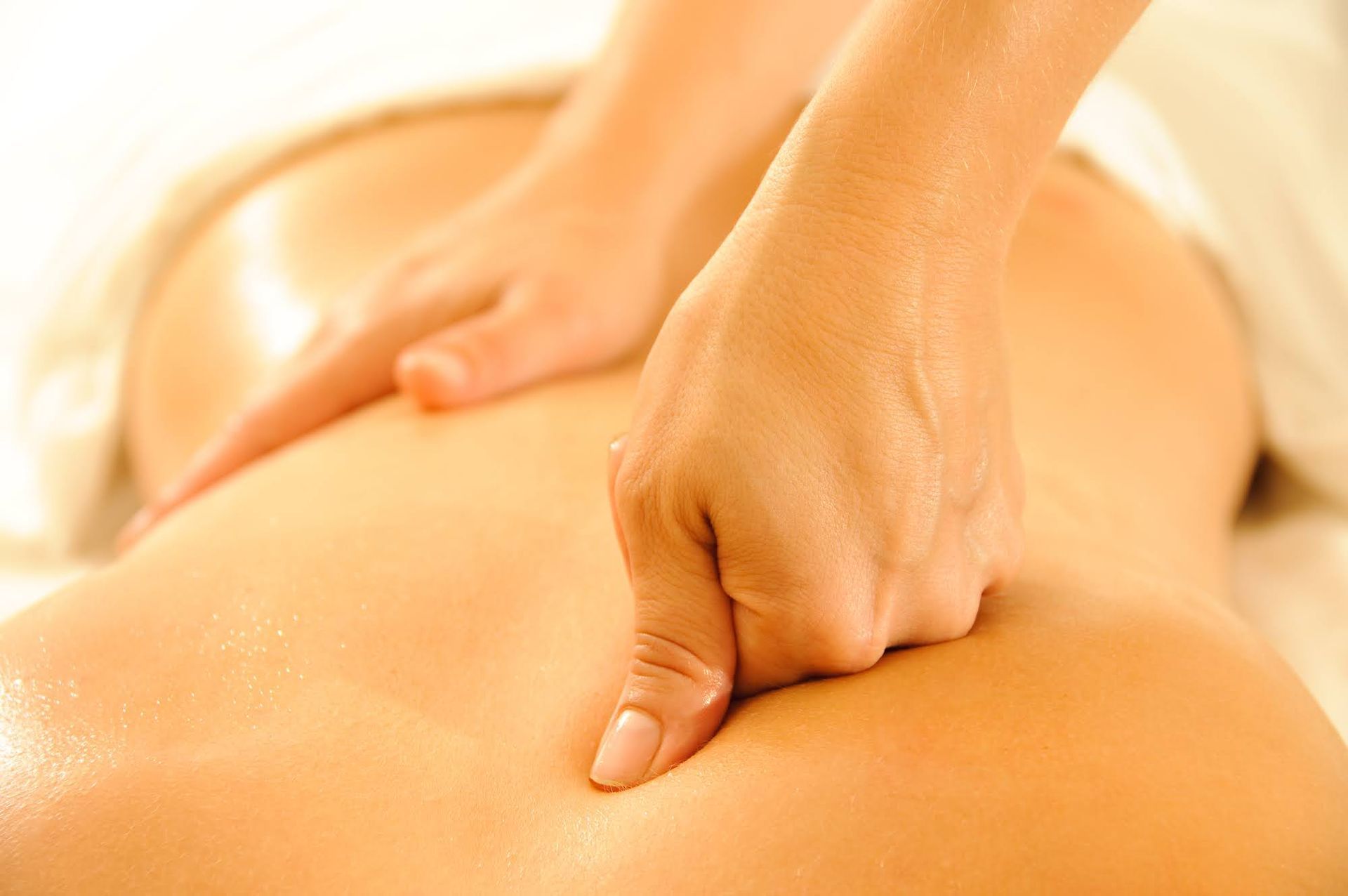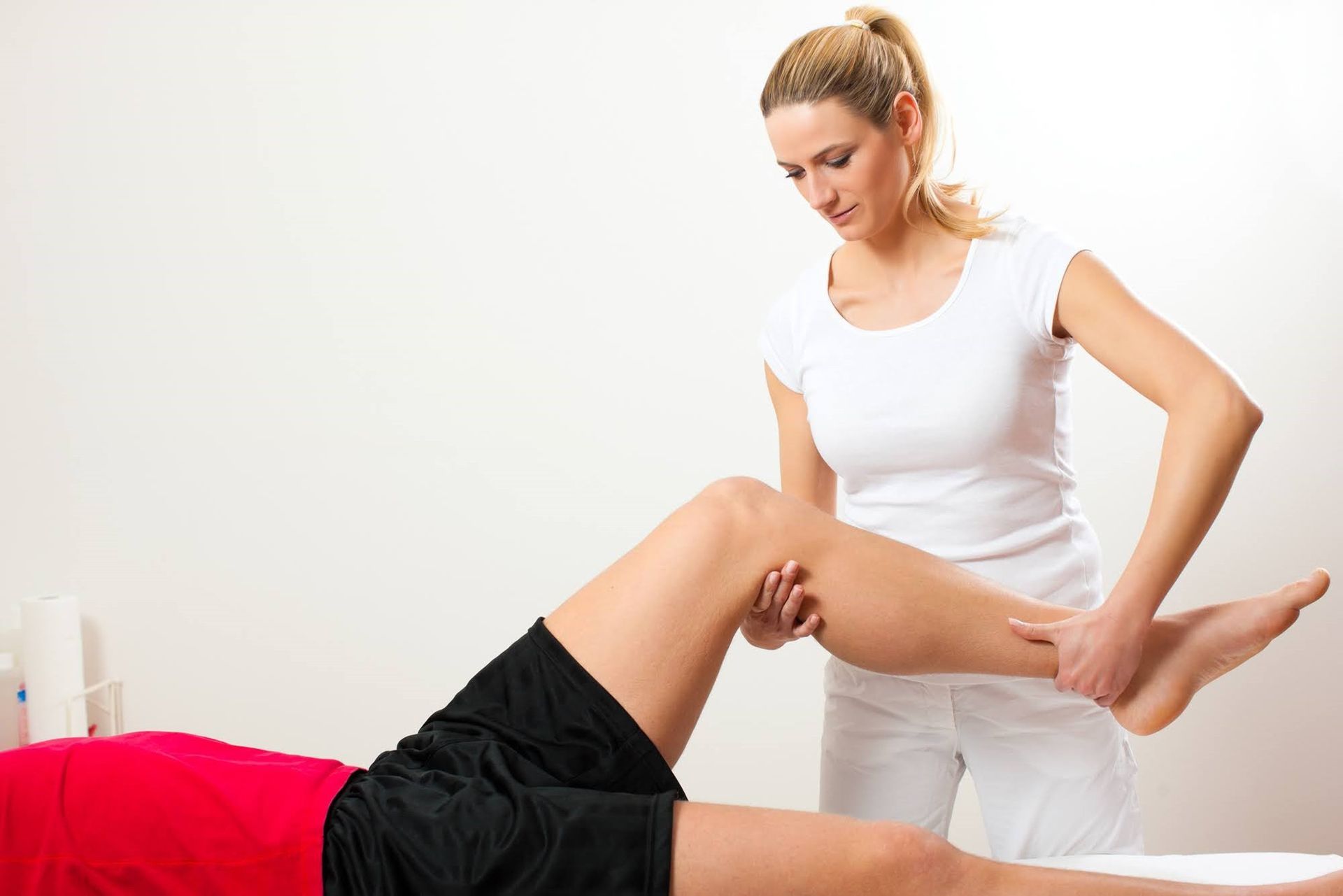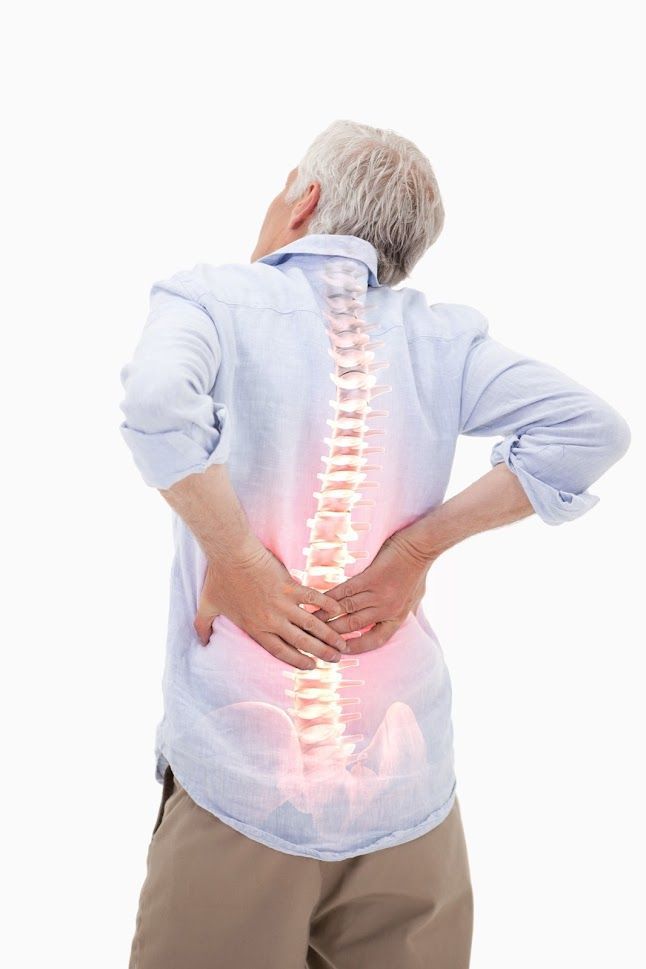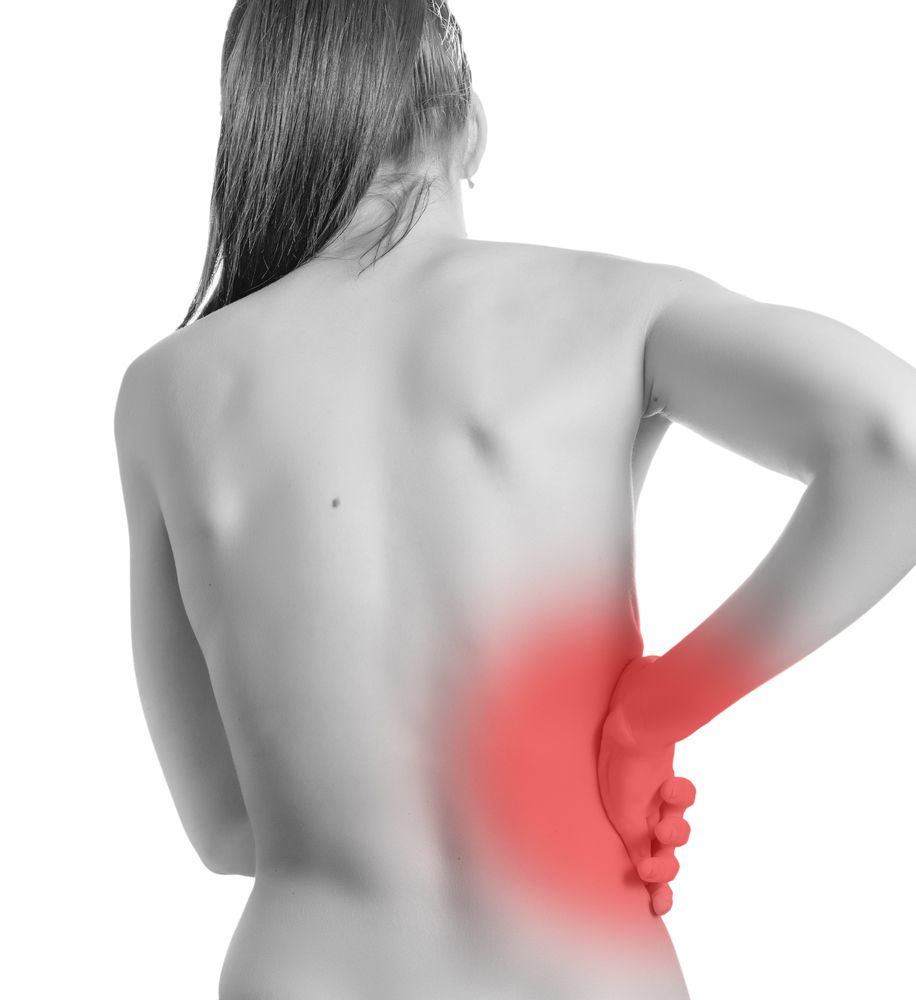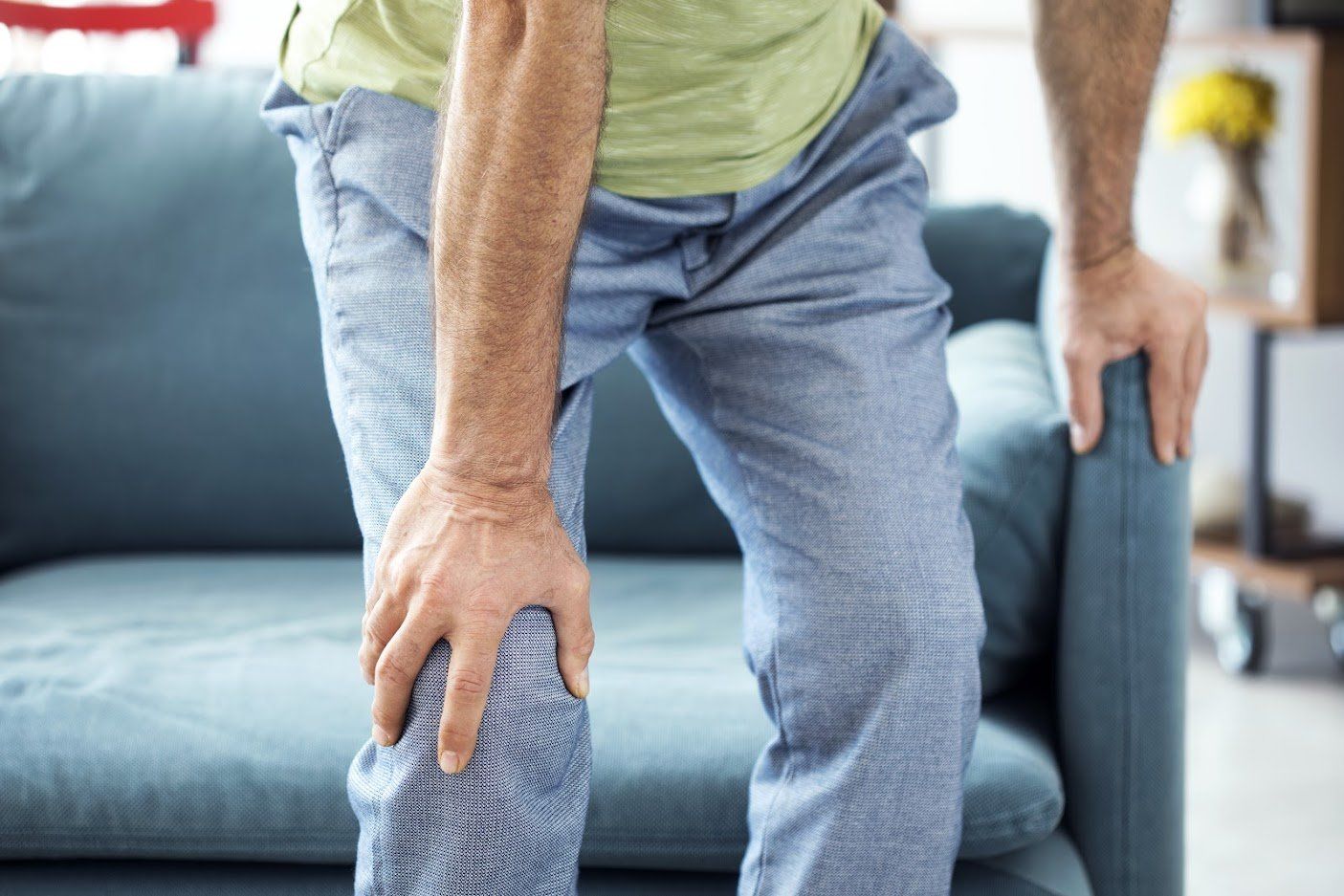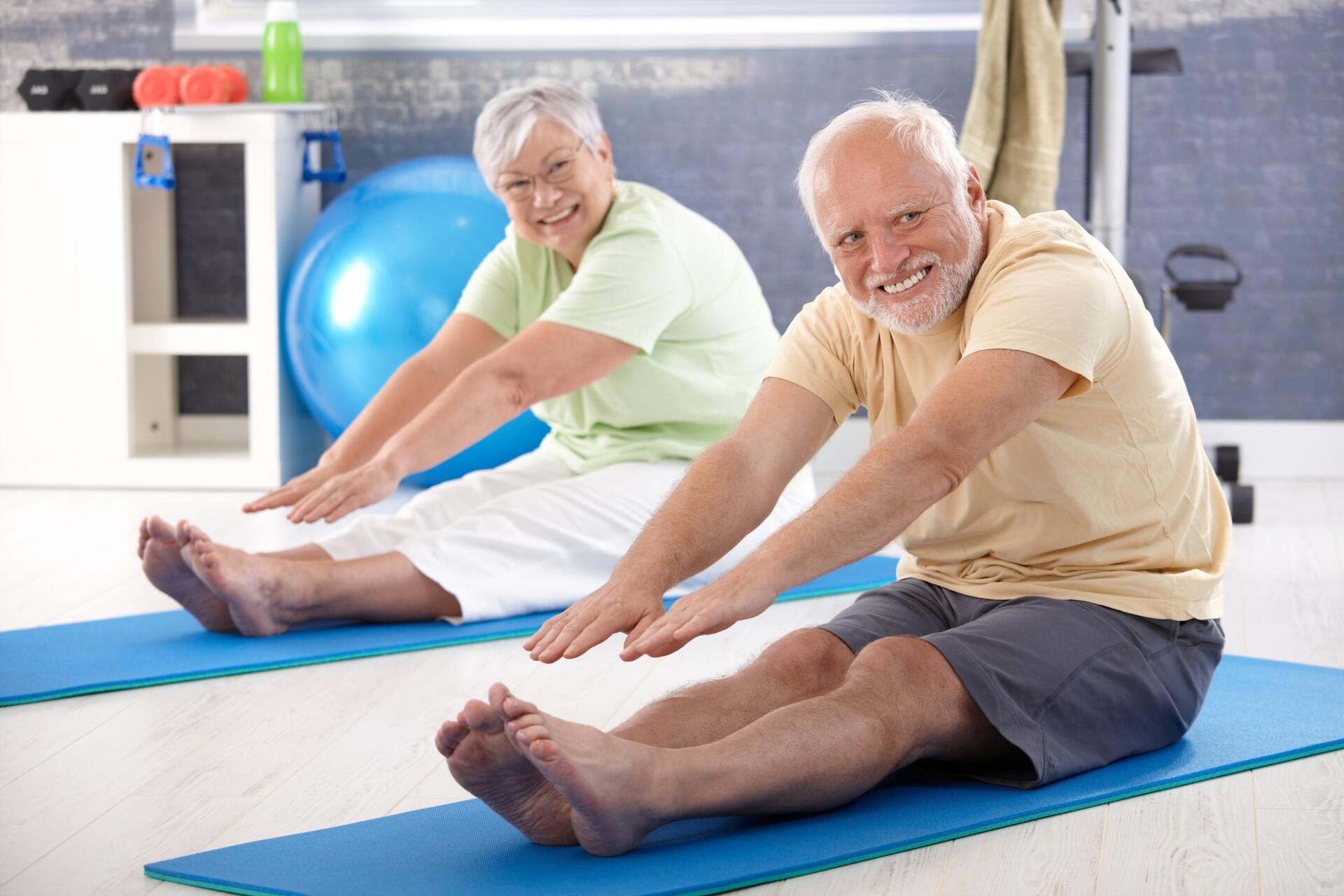Blog Layout
Physical Therapy Tips for Post-Stroke Recovery
Jan 31, 2020
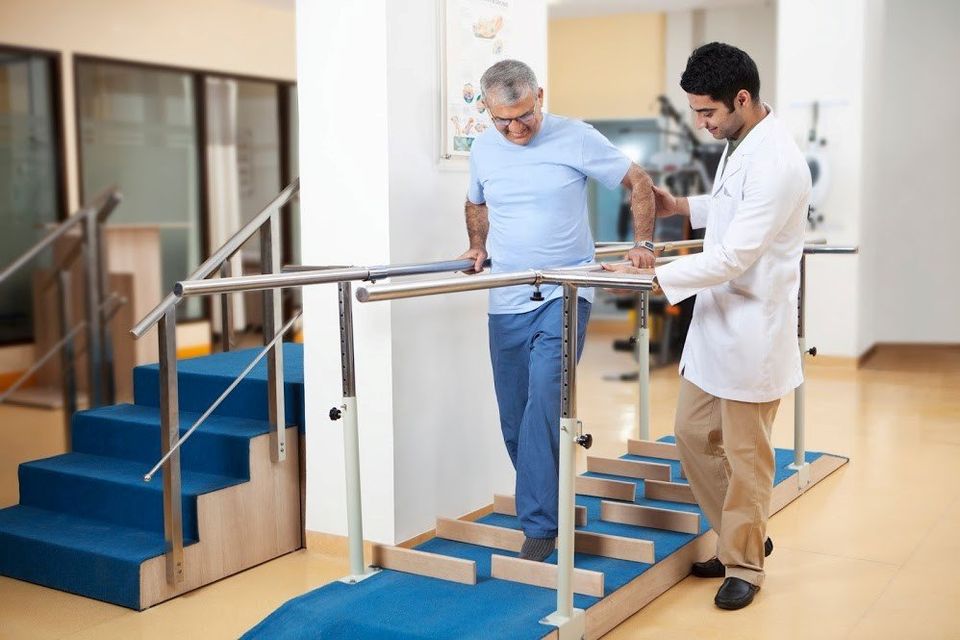
If you have recently suffered a stroke, you might be experiencing ongoing symptoms of muscle weakness or complete loss of mobility in an arm or leg on one side of the body. The severity of effects varies by patient, based on their health and the significance of the stroke itself.
However, many people can recover the use of their body after a stroke through diligent work and physical therapy
treatments. One in ten
people who suffer a stroke will regain complete use of their body, and another 25 percent will recover with only minor impairments. But without therapy, this progress may not happen.
If you are facing the long road of stroke recovery, here are some tips to help you stay on track and keep moving forward.
Begin With the Basics in Mind
After a stroke, you may feel discouraged or angry that you cannot do even the more simple motions that make up your daily life, including the things you enjoy such as swimming, walking, playing the piano, or writing a letter.
Most people are eager to relearn the skills that they miss the most, but your doctor and therapist will first want to focus on the basics. These will include things like walking, going to the bathroom, eating and swallowing, and getting in and out of bed.
These basics will take up a lot of time at first but think about them as a way to lay the foundation for relearning finer motor skills further down the road.
Keep a Daily Routine
A stroke will upset the way you live your life, but one of the things that can help your recovery is to get into a routine. This routine should include practicing your physical therapy exercises every day or even multiple times each day as recommended by your care provider.
Schedule the time so that you don't skip practice — even though you might be tempted to do so. Practice might seem painful, futile, or pointless, but continued perseverance is essential to regaining the motor skills you lost because of a stroke.
Don't Ignore Your Impaired Limbs
One of the foundations of post-stroke rehabilitation is something called constraint-induced therapy. This means that, instead of using your good arm or leg to do the things you need to do, you try to use your impaired limbs instead.
It's easy to give in and grab something like a pen or fork with your hand that still works perfectly, but in order to relearn the motions for your impaired hand, you need to keep trying to use it. Make a conscious effort every day to use the parts of your body that the stroke affected.
Take Mental Breaks
Rehabilitation takes a lot of mental effort, and you can experience fatigue and irritability from the pressure of the mental work involved in retraining your body. To preserve your mental health, take mental breaks. You might do a guided meditation exercise to help relax your body and mind. You can also take breaks by doing less-physical things, such as listening to music.
Keep Distractions at a Minimum
When you are working on physical therapy, however, try to keep mental distractions at bay. Don't do your exercises with the TV on, while listening to an audiobook, or even with other people in the room (unless you need help with the workouts).
These distractions all stimulate your brain and pull attention away from relearning the motions and skills you want to recover. You need to concentrate as fully as possible on the task at hand.
For more information on recovery after stroke, contact us at Advanced Physical Therapy.
Blog
Navigation
Contact Information
ADDRESS: 2127 Rhawn St, Philadelphia, PA 19152
PHONE:
(215) 742-8099
FAX:
(215) 742-1871
EMAIL:
[email protected]
HOURS OF OPERATION:
- Monday
- -
- Tuesday
- -
- Wednesday
- -
- Thursday
- -
- Friday
- -
- Saturday
- Closed
- Sunday
- Closed
Content, including images, displayed on this website is protected by copyright laws. Downloading, republication, retransmission or reproduction of content on this website is strictly prohibited. Terms of Use
| Privacy Policy
Contact Information
ADDRESS: 2127 Rhawn St, Philadelphia, PA 19152
PHONE: (215) 742-8099
FAX: (215) 742-1871
EMAIL: [email protected]
HOURS OF OPERATION:
PHONE: (215) 742-8099
FAX: (215) 742-1871
EMAIL: [email protected]
HOURS OF OPERATION:
- Monday
- -
- Tuesday
- -
- Wednesday
- -
- Thursday
- -
- Friday
- -
- Saturday
- Closed
- Sunday
- Closed
Content, including images, displayed on this website is protected by copyright laws. Downloading, republication, retransmission or reproduction of content on this website is strictly prohibited. Terms of Use
| Privacy Policy

